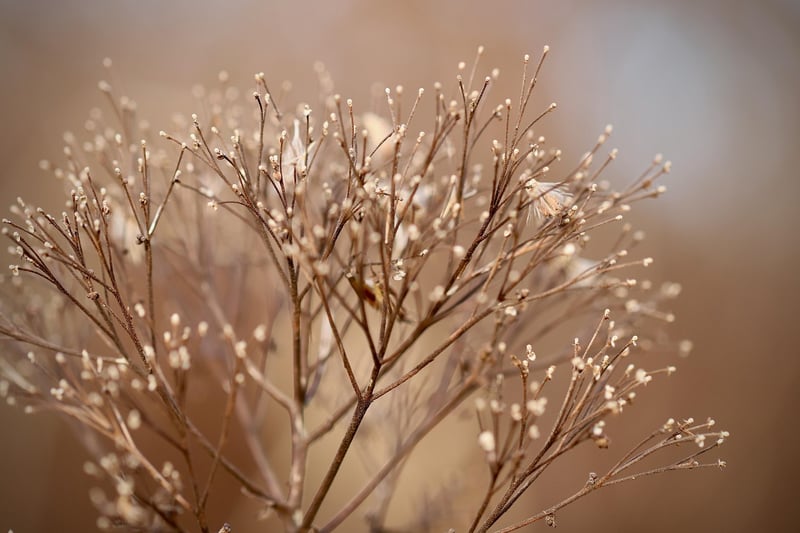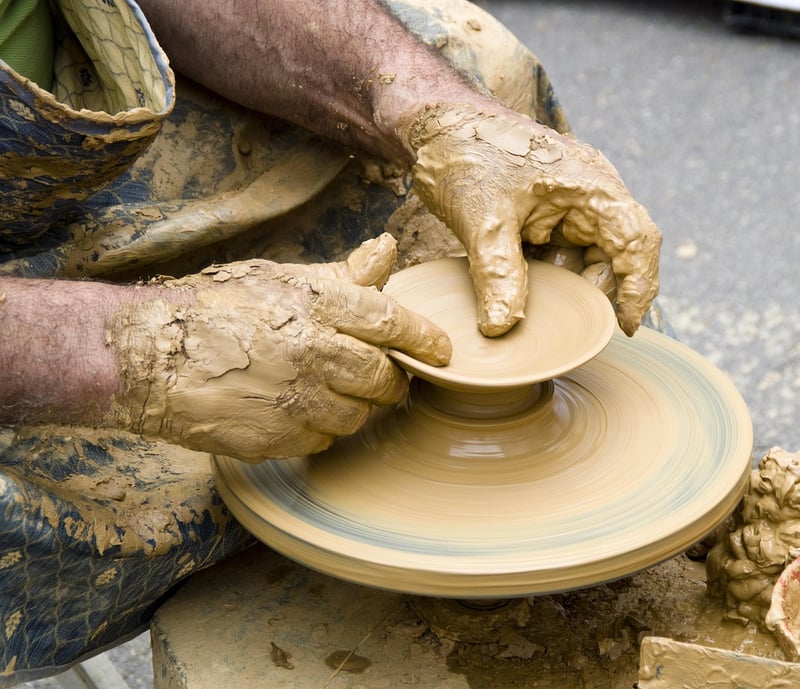Propagation Techniques
Healthy Plants: Tips and Tricks for Thriving Greenery
Introduction
Having lush, vibrant plants can bring life and beauty to any space. Whether you're a seasoned plant parent or just starting your green journey, maintaining healthy plants is essential for their longevity. Here are some expert tips and tricks to help your plants thrive.
1. Proper Watering
Watering is crucial for plant health, but it's essential to find the right balance. Overwatering can lead to root rot, while underwatering can cause wilting. Research your plant's specific watering needs and adjust accordingly.
2. Adequate Sunlight
Plants need sunlight to photosynthesize and grow. Ensure your plants receive the right amount of light based on their species. Some plants thrive in bright, direct sunlight, while others prefer indirect light.
3. Nutrient-rich Soil
Healthy soil provides essential nutrients for plant growth. Use high-quality potting mix tailored to your plant's needs. Consider fertilizing periodically to ensure your plants have access to necessary nutrients.
4. Regular Pruning and Maintenance
Pruning helps promote new growth and keeps plants looking tidy. Remove dead or yellowing leaves, trim overgrown branches, and check for pests regularly. Maintenance is key to preventing issues before they escalate.
Propagation Techniques: Growing Your Plant Family
1. Stem Cuttings
Many plants can be propagated through stem cuttings. Simply cut a healthy stem from the parent plant, let it dry and callous, then place it in water or soil to root. Examples of plants that propagate well through stem cuttings include pothos and snake plants.
2. Leaf Cuttings
Some plants, like succulents and begonias, can be propagated through leaf cuttings. Gently remove a leaf from the parent plant, allow it to dry, and place it on moist soil. With time, roots will develop, and a new plant will grow.
3. Division
Plants with multiple stems or offshoots can be divided to create new plants. Carefully separate the plant into sections, ensuring each division has roots attached. Repot the divisions into fresh soil, water thoroughly, and watch them grow.
4. Air Layering
Air layering is a technique used for plants with woody stems, such as rubber trees or fiddle leaf figs. Make a small incision in the stem, apply rooting hormone, wrap with moist sphagnum moss, and cover with plastic. Roots will form, and you can then separate the new plant from the parent.
Conclusion
By following these tips for maintaining healthy plants and exploring various propagation techniques, you can expand your plant collection and enjoy a greener, more vibrant living space. Remember to research specific care requirements for each plant species and enjoy the rewarding journey of plant parenthood.


